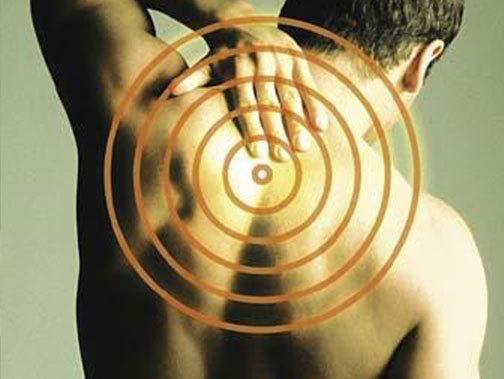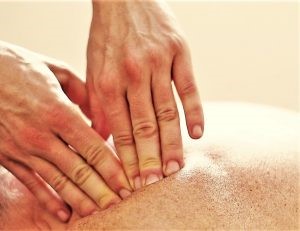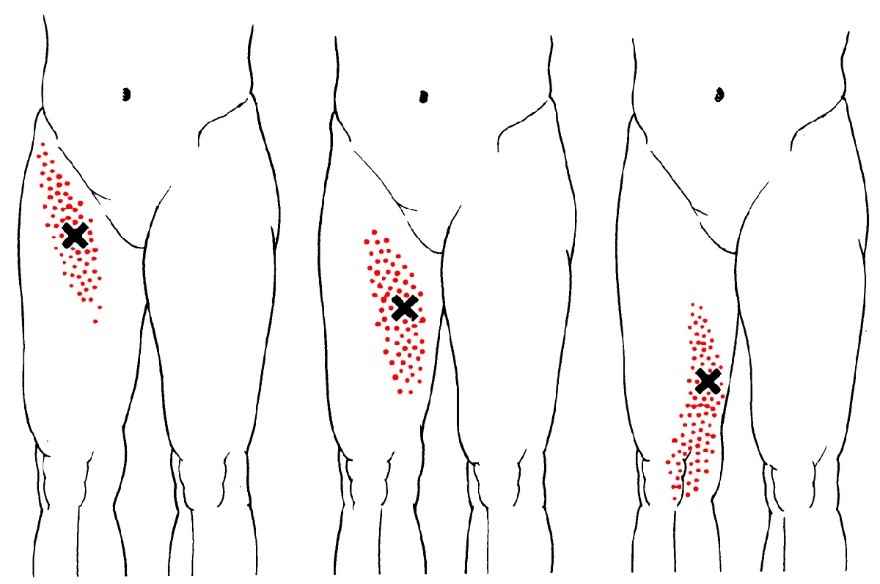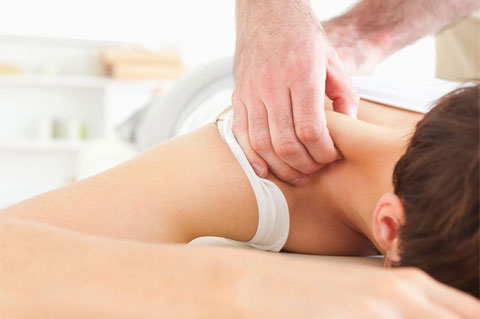
Massage treatments isn’t just “nice to have
March 15, 2018
Causes of Injury
March 17, 2018Perpetuating factors are actions or habits that you may be performing unknowingly that are exacerbating your pain issue. They can be underlying medical problems that hinder a person’s recovery from the condition being treated and must be seriously considered for long-term relief. In order to stop trigger point activity, the perpetuating factors need to be identified and and eliminated or modified to stop the pain and stop the offensive activity. Understanding TrPs and their perpetuating factors can give some measure of control over symptoms. Providiing this education to the client about the contributors to their pain is a tip for prevention dn eliminating the condition.For example, Poor Posture such as head forward (too much staring at computer screens and driving) Determining the perpetuating factors which apply in your case is key to improving myofascial condition.
"If we treat myofascial pain syndromes without . . . correcting the multiple perpetuating factors, the patient is doomed to endless cycles of treatment and relapse. [Perpetuating factors are] the most neglected part of the management of myofascial pain syndromes . . . The answer to the question, 'How long will the beneficial results of specific myofascial therapy last?', depends largely on what perpetuating factors remain unresolved . . . One may view perpetuating factors also as predisposing factors, since their presence tends to make the muscles more susceptible to the activation of [trigger points] . . . Usually, one stress activates the [trigger point], then other factors perpetuate it. In some patients, these perpetuating factors are so important that their elimination results in complete relief of the pain without any local treatment."
~~ Doctors Janet Travell and David G. Simons1
Janet G. Travell , M.D., and David G. Simons, M.D., Myofascial Pain and Dysfunction: The Trigger Point Manual, vol. I, The Upper Extremities, (Baltimore: Williams & Wilkins, 1983), pg. 103.




